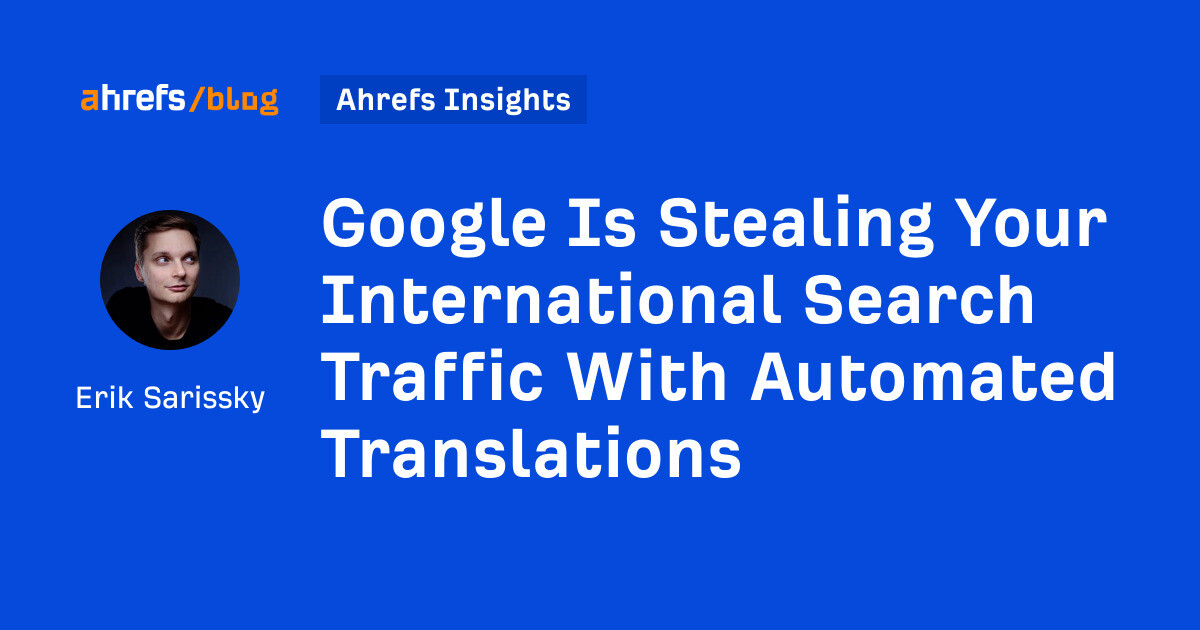How Google’s Auto-Translation on Its Domains Impacts Your International SEO Traffic
Google’s Auto-Translation Strategy Since the March Core Update
Following the March Core update, Google has significantly increased its use of automatic translations of English webpages into multiple languages. These translated pages are hosted on Google-owned subdomains (e.g., translate.google.com), meaning original content creators don’t receive traffic or SEO benefits from these versions.
This practice is widespread across AI Overviews (now in 200 countries and over 40 languages), Featured snippets, and standard search results, especially when sufficient native-language content is lacking.
The Impact on Original Content Creators and SEO
- Users land on Google’s proxy-translated pages rather than the original site, resulting in lost organic traffic and underreported analytics.
- Internal links on proxy pages also point to Google’s domains, perpetuating referral misattribution instead of directing users back to the original site.
- Google’s approach contrasts its own long-standing advice against auto-translating content without localization.
- Hreflang improvements have been promised but appear underutilized, with Google opting to capture international traffic itself.
How to Detect If Your Site Is Being Proxy-Translated
- Use Google Search Console: Check under Search Appearance → Translated Pages.
- Analyze
translate.google.comtraffic with Ahrefs Site Explorer, filtering for your domain in top translated pages. - Perform incognito searches in target languages or use tools like the Ahrefs toolbar to simulate queries.
- Review GA4 and server logs for referrers from
translate.google.com.
Steps to Regain Traffic and SEO Credit
- Create native-language versions of your pages—even a minimal viable product (MVP) with ~300 words helps.
- Use hreflang tags to link localized pages properly.
- Translate carefully, especially brand terms, idioms, and visual content.
- Once native versions exist, Google will rank your local URLs instead of proxy pages, restoring proper traffic attribution.
- If you cannot localize certain pages, use the
X-Robots-Tagto prevent auto-translation on critical URLs.
Why This Matters for Your Multilingual SEO Strategy
The rise of Google-hosted proxy translations means your international SEO traffic is at risk unless you provide high-quality localized content. The new multilingual, AI-first SERP environment demands that you “be the best local answer or be proxied.” Taking proactive steps ensures your brand benefits from global search traffic rather than losing it to Google’s auto-translations.
Source: SEO Blog by Ahrefs by Erik Sarissky. Read original.
